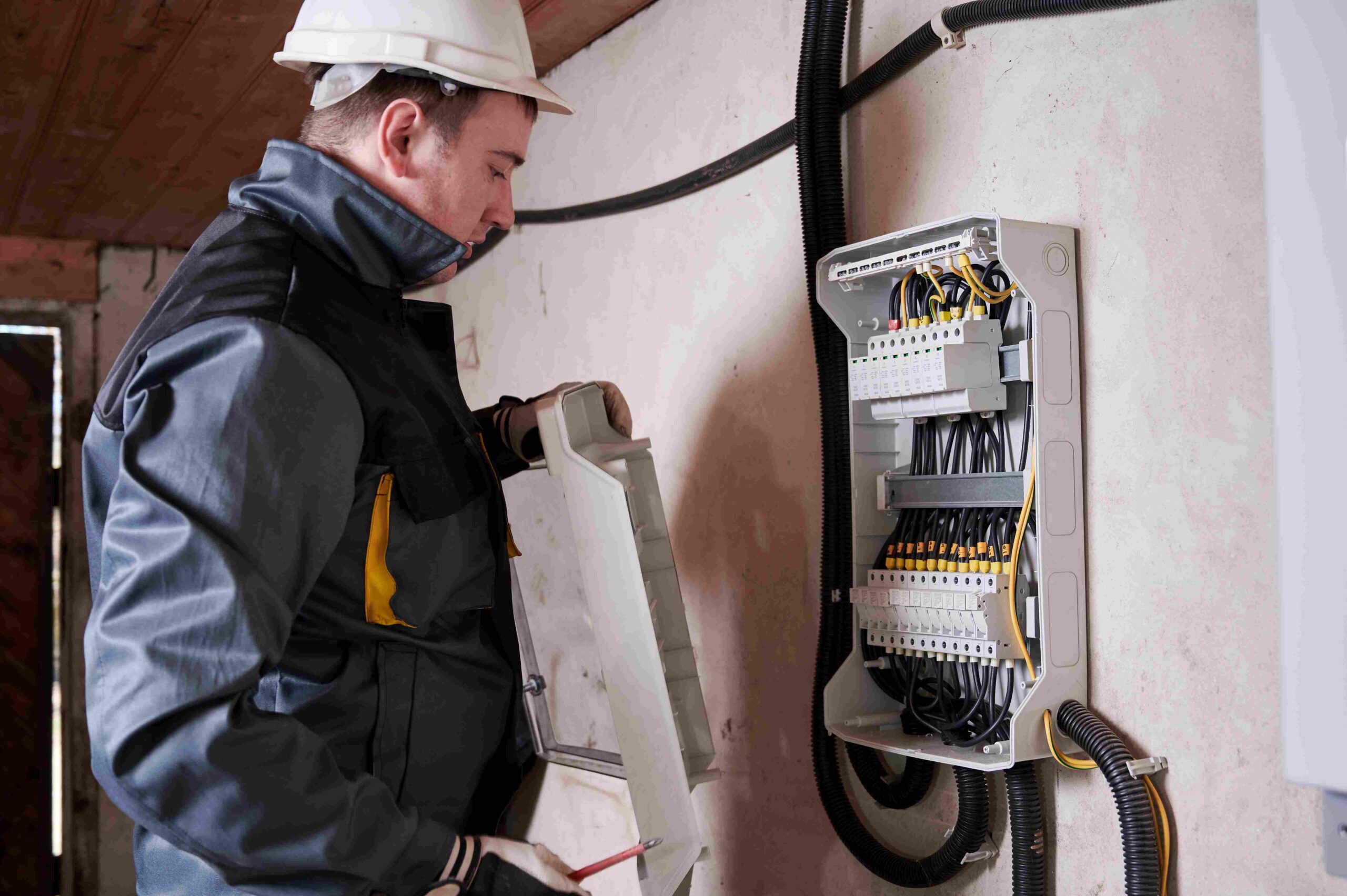PROGRAM SCHEDULE
Ref No: MN 119 Program Name: Machinery Failure Analysis, Predictive Maintenance & Problem Solving
| Starts | Ends | Venue | Fees | Join Now |
| 23 Jun 2025 | 27 Jun 2025 | Edinburgh, UK | $ 5,750 | Registration Closed |
| 15 Sep 2025 | 19 Sep 2025 | Marrakesh, MR | $ 5,250 | Registration Closed |
| 10 Nov 2025 | 14 Nov 2025 | Dubai, UAE | $ 4,750 | Registration Closed |
| 22 Jun 2026 | 26 Jun 2026 | Edinburgh, UK | $ 5,750 | |
| 14 Sep 2026 | 18 Sep 2026 | Marrakesh, MR | $ 5,250 | |
| 09 Nov 2026 | 13 Nov 2026 | Dubai, UAE | $ 4,750 |
PROGRAM DETAILS
Introduction:
The armed forces initially pioneered preventive maintenance as a means to increase the reliability of their naval vessels and other critically important assets. By simply expending the necessary resources to conduct maintenance activities intended by the equipment designer, equipment life is extended and its reliability is increased. In addition to an increase in reliability, more money is saved in comparison to the cost of a system just using reactive maintenance.
Studies indicate that these savings can amount to as much as 12% to 18% on the average. Depending on a facility’s current maintenance practices, present equipment reliability, and facility downtime, there is little doubt that many facilities are purely reliant on reactive maintenance. By implementing a proper preventative maintenance program, they could save much more than 18%.
This course will give participants an in-depth understanding of preventive and predictive maintenance practices; it will also cover a number of best practice techniques such as Total Productive Maintenance, Reliability Centered Maintenance, Condition Based Monitoring, Failure Modes and Effects Analysis, and Root Cause Failure Analysis.
This program offers a blend between the practical issues of failure processes and the statistical methods to analyse them. As participants progress through the program, they will learn how to look at faults and failures not only in terms of their physical characteristics, but also in terms of their probability.
The program provides maintenance practitioners with a comprehensive range of hands-on skills to better understand and provide the analytical information required for maintenance decision making.
Learning Objectives:
By the end of this workshop, delegates will be able to:
- Develop, implement and supervise the preventive and predictive maintenance program
- Implement the latest techniques and management styles of leading facilities and maintenance management practices
- Optimize the effectiveness of maintenance, by using sophisticated techniques and methods, to economize time, money and resources
- Prevent and limit equipment failures, and rework to improve the equipment’s overall effectiveness and reliability
- Decrease downtime and increase profit for their organization
Target Audience:
This workshop is designed for all Maintenance Managers/Engineers, Supervisors and Planning Engineers. It is also suitable for those who are in operations, engineering and purchasing/materials divisions and who would like to acquire an understanding of how the quality of the maintenance function affects their department, and their organizations bottom-line.
Training Methodology:
This practical and results-oriented program incorporates short inspiring facilitated discussions with structured lessons from the learning manual. There is a captivating PowerPoint slide presentation with stories to enhance learning, a variety of pertinent video sequences, ongoing learning reinforcement and discussions with action planning. Ample time will be given for questions and answers.
Program Content:
Day 1 – Introduction – Adopting Robust Preventative Maintenance Practices
- What is maintenance?
- Building a best in class asset register
- Formulating the maintenance policy
- Defining maintenance standards and allocation of resources
- Applying maintenance strategies
Common issues in an organization
- Lack of accountability
- Resource level issues
- Work requests with insufficient information or duplicated
- Importance of time writing daily
- Technical history retention
- KPI reviews – how often and why
Day 2 – Introduction to Asset & Resource Management
- ISO55000 asset management definitions
- Assets and asset systems
- Different stages of life cycle
- Asset management decisions and optimization
- Understanding objectives, cost, critical factors and risk
Computerized Maintenance Management System (CMMS) set-up
- CMMS set-up
- Criticality assignment SCE
- Production critical
- Non-critical
- Class and classification assessment and allocation
- Defining asset register systems
- Packages
- Equipment assignment
- Allocation of main work centres
- Cost centre assignment(s)
- Bills of Material (BOMs) advantages
Day 3 – Work Classification, Requesting, Planning and Estimating
- Work preparation: what is required and why
- Equipment assignment to the correct level
- Assigning prioritization – the benefits in using prioritization
- Best-in-class information required through Corrective Maintenance – Predictive Maintenance (CM-PM) work order(s)
- Roles and responsibilities for work preparation
- Reviewing past history and the benefits to work planning
- Allocation of correct resources and hours
- Identifying materials using Bills of Material (BOMs)
- Allocation of external resources with or without Service Level Agreements (SLA)
- Consider building relationships between activities within work order operations
- Pre-scheduling through criticality – prioritization
Day 4 – Work planning and implementation
- Preparing a rolling schedule – What needs to be considered
- Aligning activities including input from other departments and any pre or post work
- Levelling/smoothing of resources through resource centre availability
- Dates and priorities how they impact scheduling
- Creating and agreeing the schedule for the next 7 to 14 days meetings
- Importance of publishing the 7-day scheduled activities
- 30, 60 and 90-day schedule look-ahead meetings
- Time-writing daily and why it improves scheduling control
- Handling emergent work and the impact to the schedule
- Considering Extra Ordinary Maintenance (EOM) to control corrective maintenance high expenditure
- Standard routine procedure instruction(s)
- Toolbox talk
- Importance of auditing work execution
Quality feedback reporting
- Benefits of feedback forms and technical history retention
- Technical history review and sign off
- Retention of technical history – The importance to future work preparation
- Meeting reviews – What went well and where improvements can be made
Day 5 – Root Cause Analysis
- Apollo Root Cause Analysis (RCA)
- Combining Reliability Centred Maintenance (RCM) and RCA together
- Gathering data and evidence using class and characteristics
- 5 Why Process
-
- Cause and effect chart
- Fishbone analysis
- Line of sight
-
- Failure Mode, Effects and Criticality Analysis (FMECA)
- Action plan
- Management of Change (MOC) process
- Continuous Improvement (CI) techniques






